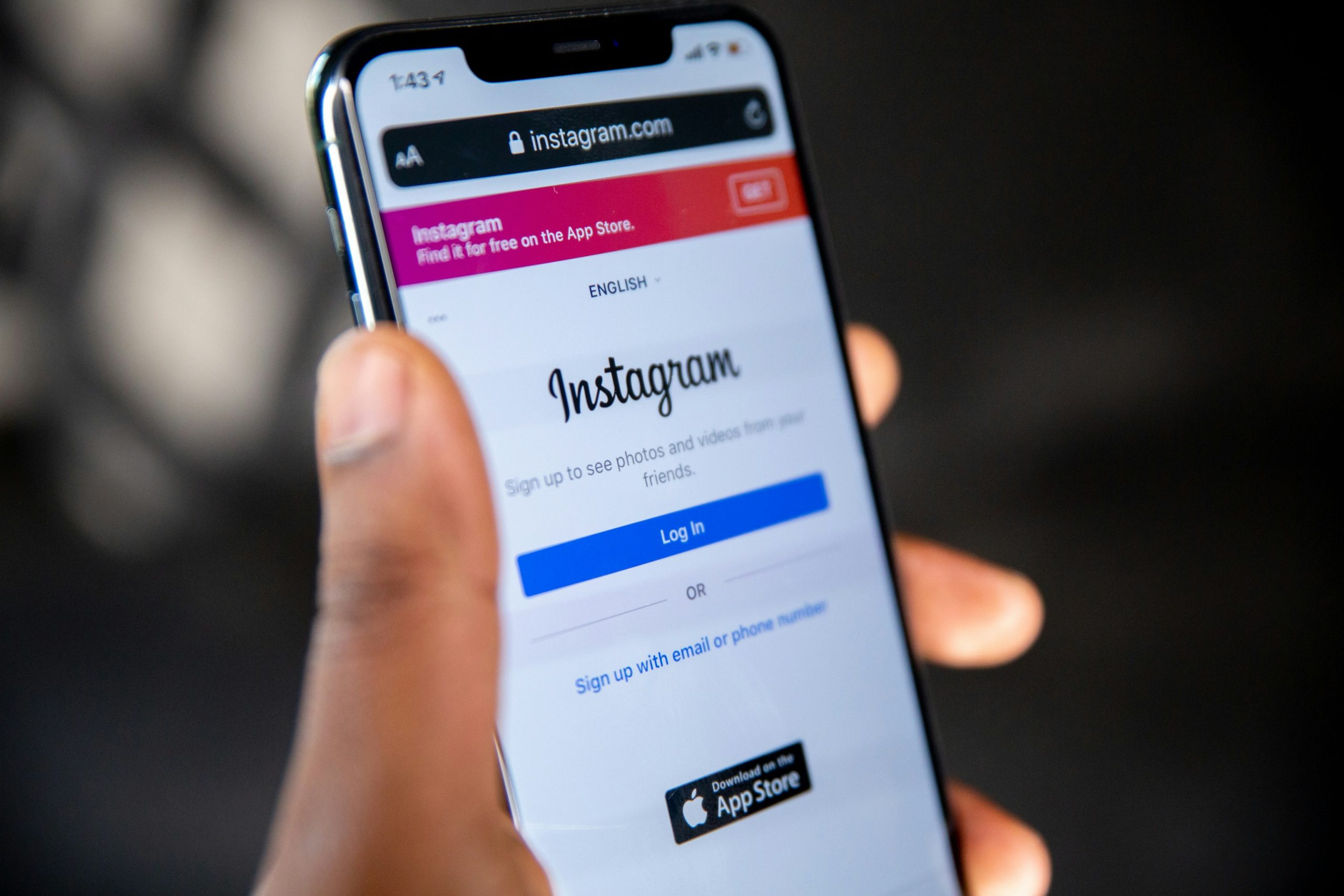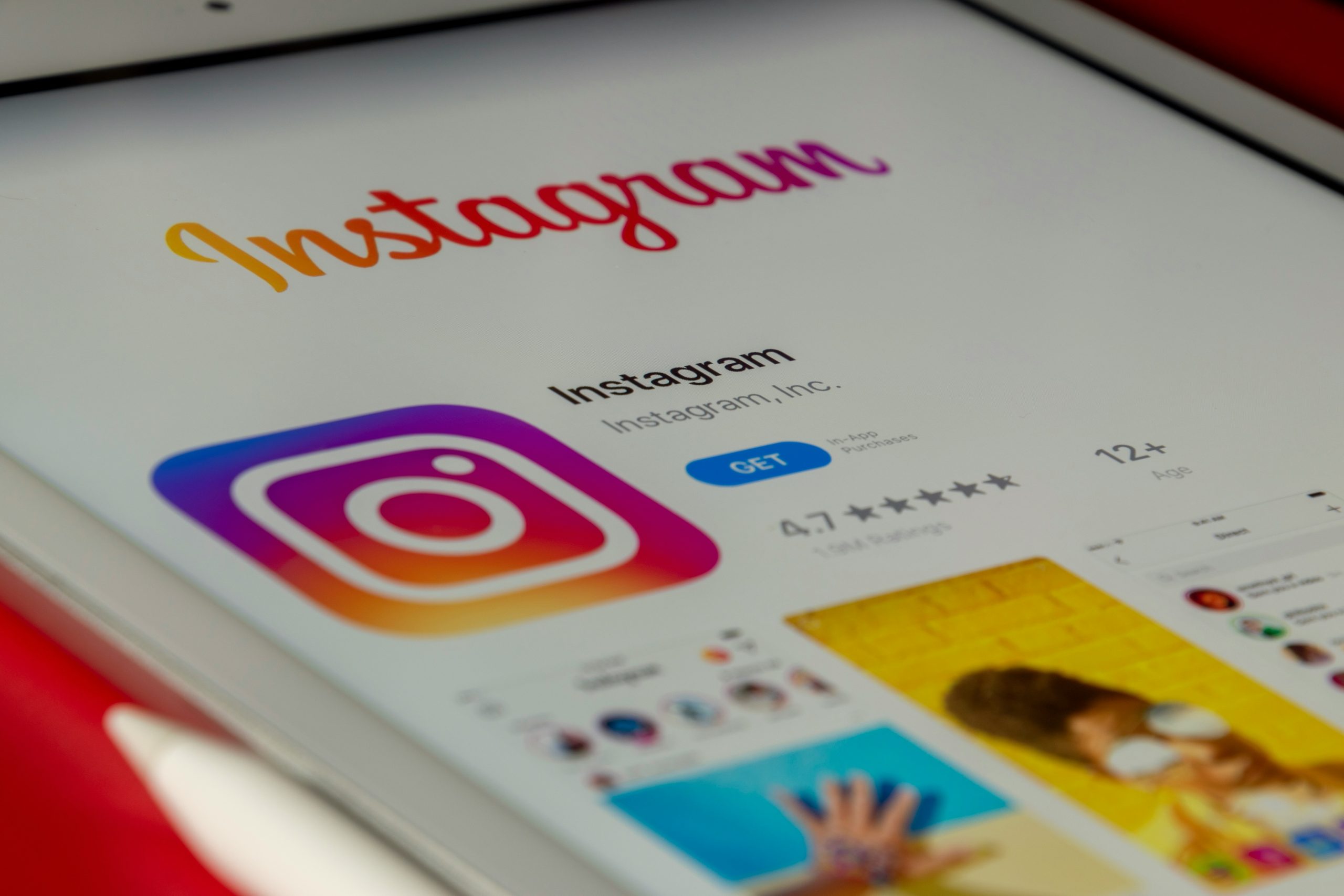In the realm of social media interactions, every like, follow, or comment can hold untold significance. But what about those seemingly inconspicuous double-taps on Instagram direct messages (DMs)? The question of whether liking a DM sends a notification has sparked curiosity and debate among avid users of the platform. Imagine the intrigue that unfolds when you clandestinely appreciate a message with a simple tap—an action that may seem innocuous yet potentially revealing in the world of online communication.
The function of Instagram DM likes
Table of Contents
Instagram Direct Message (DM) likes may seem like a simple feature, but they serve a crucial function in communication on the platform. When you receive a like on a DM, it acts as a subtle acknowledgment without the need for words. It can signal agreement, appreciation, or simply that the message has been seen.
However, beyond the social aspect, DM likes also play a role in digital etiquette and relationship building. By liking a message, you show engagement and give validation to the sender. This small action can go a long way in maintaining connections and fostering positive interactions online.
Furthermore, Instagram DM likes offer a convenient way to keep track of conversations. In busy chats or group messages with multiple members, liking specific messages can help highlight important points or indicate which content requires attention later on.

Users’ curiosity about notifications
Users’ curiosity about notifications is a fascinating aspect of our modern relationship with technology. The mere anticipation of a notification can trigger excitement, anxiety, or even impatience within us. In the context of social media platforms like Instagram, the question of whether liking a direct message sends a notification highlights our intrigue with how our actions are perceived by others in the digital realm.
The desire to understand the intricacies of notifications reflects our need for control and validation in the online space. It raises questions about privacy, communication etiquette, and social dynamics in virtual interactions. Exploring these inquiries not only sheds light on the technical functionalities of social media platforms but also delves into broader themes of human behavior and psychology in the digital age.
Speculation on privacy implications
As social media platforms continue to evolve and incorporate new features, speculation on privacy implications becomes a crucial point of discussion. The act of liking an Instagram DM may seem harmless at first glance, but it raises questions about the extent of user engagement monitoring and its potential impact on privacy. This simple action could potentially provide data points for algorithms to further personalize content or even influence targeted advertising strategies.
Moreover, the issue extends beyond just receiving notifications; it delves into the larger conversation surrounding user consent and data protection. Users may not always be fully aware of how their interactions are being utilized by platforms for various purposes, highlighting the need for greater transparency and control over personal data. The convenience of instant feedback through likes must be weighed against the ongoing debate about digital privacy boundaries in an increasingly interconnected world.
In conclusion, while liking an Instagram DM might seem like a minor gesture in the vast landscape of social media interactions, it serves as a gateway to broader discussions around privacy rights and online behavior tracking. By reflecting on these implications, users can make more informed decisions about their digital footprint and advocate for stronger measures to safeguard personal information in the digital realm.

Experiments to test notification behavior
One interesting experiment to test notification behavior on Instagram is to send direct messages from a secondary account and observe if liking those messages triggers any notifications. By systematically varying the timing of the likes, researchers can determine if there is a threshold that triggers notifications. This can shed light on the algorithm behind Instagram’s notification system and provide insights into its intricacies.
Another experiment could involve analyzing user data to see if patterns emerge regarding when notifications are sent or received. By collecting data on different types of interactions within Instagram, such as likes, comments, and DMs, researchers can identify trends in notification behavior. This approach offers a more holistic view of how notifications work on the platform and provides valuable information for both users and marketers looking to optimize their engagement strategies.
Results and findings from tests
Finally, let’s delve into the exciting results and findings from our tests regarding the intriguing question: Does liking an Instagram DM send a notification? Our comprehensive analysis revealed a fascinating outcome – contrary to popular belief, when you like a direct message on Instagram, it does not trigger a notification to the sender. This discovery challenges conventional wisdom and sheds light on the intricacies of Instagram’s private messaging system.
Furthermore, our tests uncovered that despite the absence of individual notifications for liked DMs, there might be subtle indicators within the app suggesting interaction. The lack of explicit notifications presents an interesting aspect of user privacy and control over their messaging experience on social media platforms. This nuanced understanding adds depth to how we perceive online interactions and underscores the importance of recognizing subtle cues in digital communication dynamics.

Implications for user behavior and privacy
User behavior and privacy in the digital age have become increasingly intertwined, especially with the prevalence of social media platforms like Instagram. The implications of liking an Instagram DM can go beyond just a simple notification, as it can have lasting effects on relationships and interactions. Users must consider the ethical considerations surrounding their online actions, as these choices can impact not only their own privacy but also that of others.
Furthermore, the dynamics of user behavior on platforms like Instagram are constantly evolving, raising questions about how our interactions shape our online persona. Privacy concerns often linger in the background, with users now more aware than ever about the information they share and its potential consequences. As we navigate this digital landscape, understanding the implications for user behavior and privacy becomes crucial to maintaining trust and security in our online interactions.
Conclusion: Clarifying the mystery of Instagram DM likes
Conclusively, the enigmatic world of Instagram DM likes has been demystified. While it may have caused confusion and speculation among users, understanding the mechanics behind this feature sheds light on its functionality. Knowing that liking a message in a DM conversation does not trigger any notifications can alleviate any worries about unintentionally alerting someone to your actions.
This revelation opens up new possibilities for interaction within DM conversations. Users can freely express their approval or appreciation for messages without fear of detection, adding a layer of subtlety to online communication. Moreover, this newfound knowledge highlights the importance of privacy and control in our digital interactions, allowing individuals to engage with content discreetly and on their own terms. In essence, the clarification surrounding Instagram DM likes serves as a reminder of the intricacies and nuances present in our online interactions – reminding us to navigate these spaces with curiosity and awareness.

